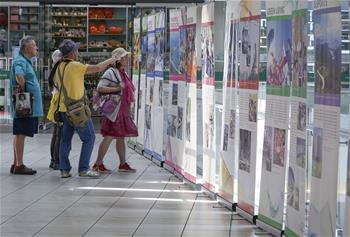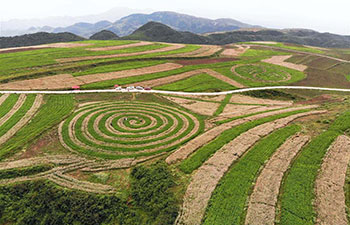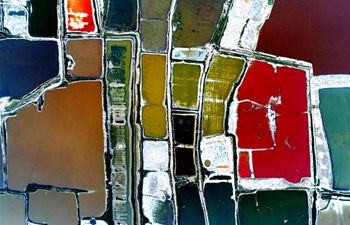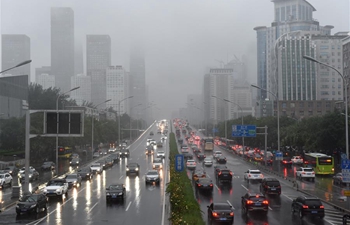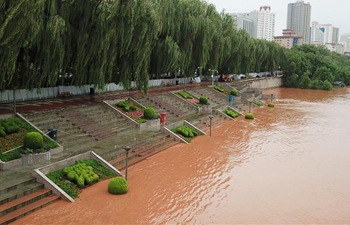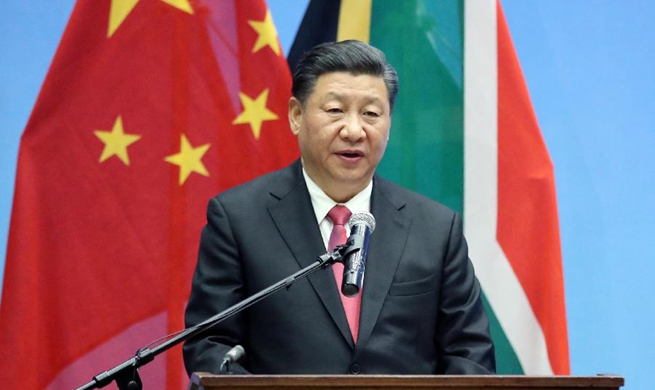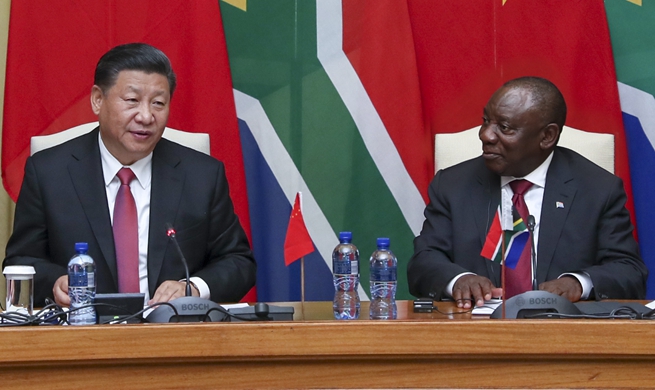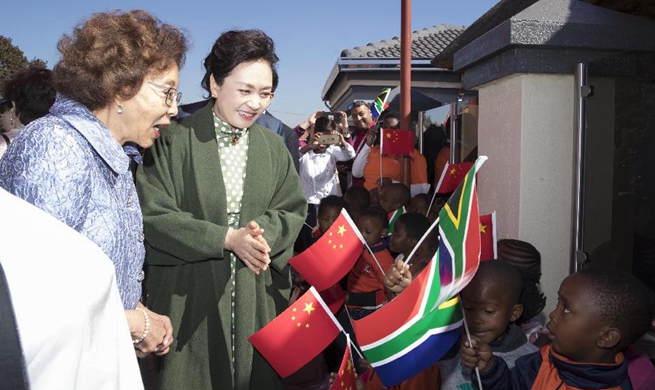by Edna Alcantara, Wu Hao
MEXICO CITY, July 24 (Xinhua) -- Latin American trade bloc the Pacific Alliance, in conjunction with its older counterpart the Southern Common Market (Mercosur), is poised to spur regional trade ties with China, according to Mexican experts.
The bloc held a summit in Mexico's Pacific coast resort of Puerto Vallarta on July 23-24, gathering leaders of its members -- Mexico, Colombia, Peru and Chile, as well as of Mercosur members Brazil and Uruguay, and concluding with a joint declaration and an action plan to promote regional integration and free trade among the two blocs' members.
Argentina and Paraguay, the other members of Mercosur, sent high-level envoys to sign the documents.
Raquel Leon de la Rosa, who teaches international business at central Mexico's Autonomous University of Puebla, said the younger Pacific Alliance serves as "a bridge to greater dynamism," bringing new vitality to the equation, with its push to liberalize trade, and promote competitiveness and transparency.
Together the blocs can "create a hub to increasingly strengthen the link with the Asia-Pacific, primarily China," said Leon.
Founded in 2012, the Pacific Alliance today has four associate members -- Canada, Australia, New Zealand and Singapore, and some 50 observer countries, including China.
Some experts believe that alliance countries, concerned about rising protectionism, especially from their long-time trade partner the United States, are looking to diversify their markets, particularly in Asia, a region Mercosur has longer and stronger ties with.
Ignacio Martinez Cortes, an expert on China and a professor of international relations at National Autonomous University of Mexico (UNAM), believes the blocs, while exploring ways to boost cooperation and regional integration, are seeking closer trade ties with the Asian market.
That goal, he noted, coincides with China's aim to "establish regional strategic alliances to form a common front against protectionism."
Senator Mariana Gomez del Campo, president of the Senate's Latin American and Caribbean foreign affairs committee, noted that the Pacific Alliance was intended to promote the members' trade and economic ties "with a special emphasis on the Asia-Pacific."
Following the U.S. withdrawal from the Trans-Pacific Partnership (TPP), the Pacific Alliance became a "perfect vehicle" for greater trade with Asia, said Gomez.
Data show the regional bloc represents some 37 percent of Latin America's GDP and 52 percent of its total trade, and attracts 45 percent of the foreign investment in the region.
Gabriela Cuevas Barron, president of the Senate's foreign affairs committee, said the alliance is part of Mexico's efforts to expand trade, which took on greater urgency after the United States threatened to quit the North American Free Trade Agreement (NAFTA), which is currently being renegotiated.
Mexico became aware it must "take steps and adopt strategies to expand our import and export potential to overcome the enormous dependency we have on the country (the United States)," said Cuevas.
"The Pacific Alliance is our third global trade partnership. After the U.S. and Canada, the bloc ... accounts for a third of our country's exports and 24.4 percent of its imports, amounting to 31 percent of total trade in Latin America and the Caribbean," added the Senator.




